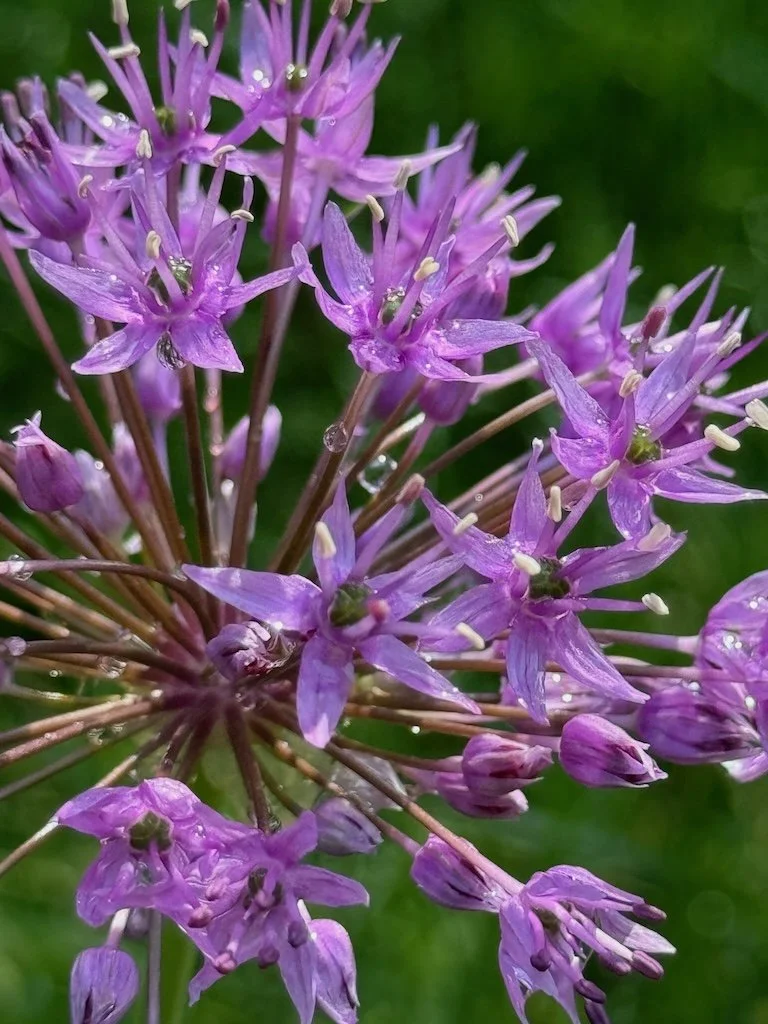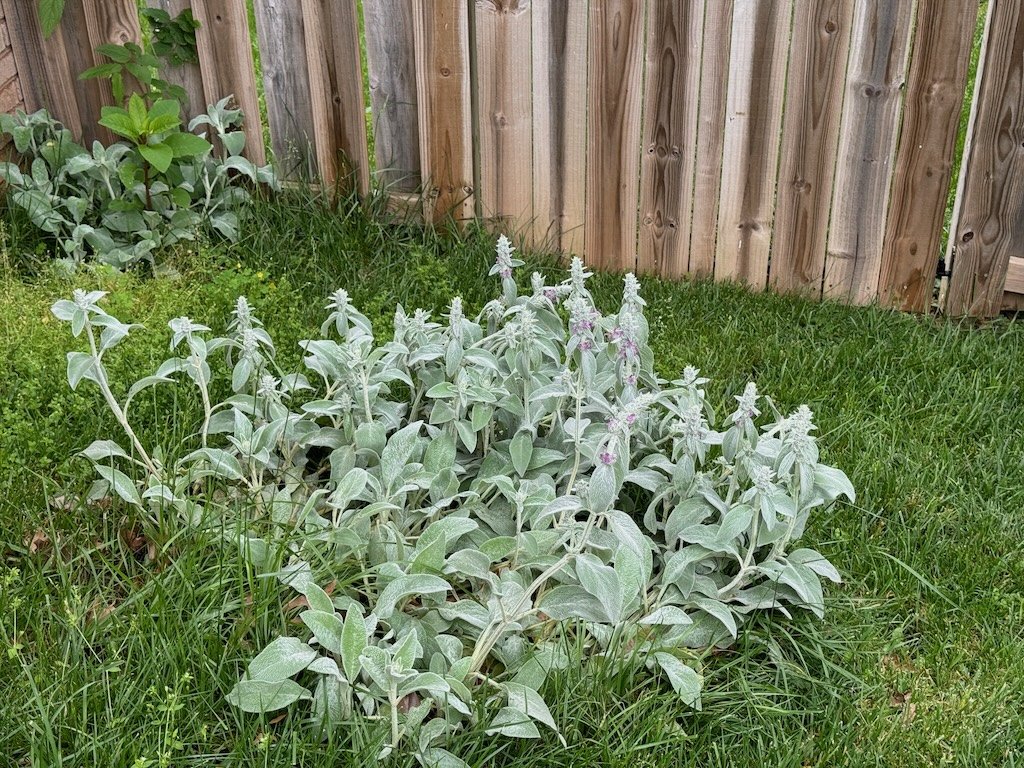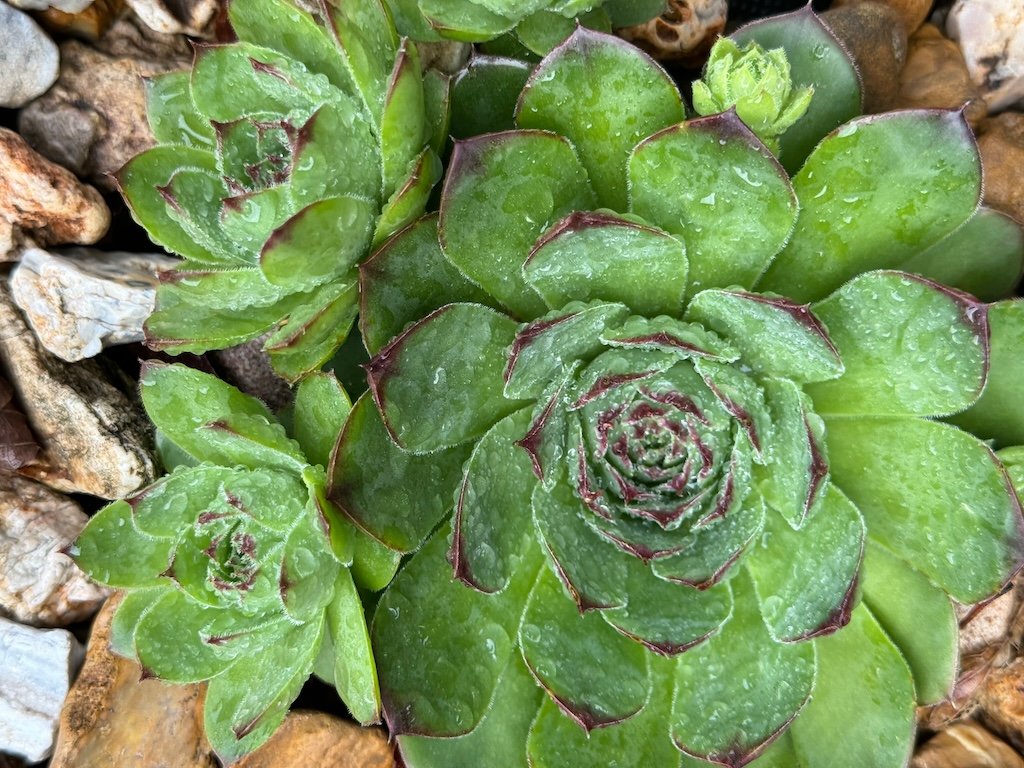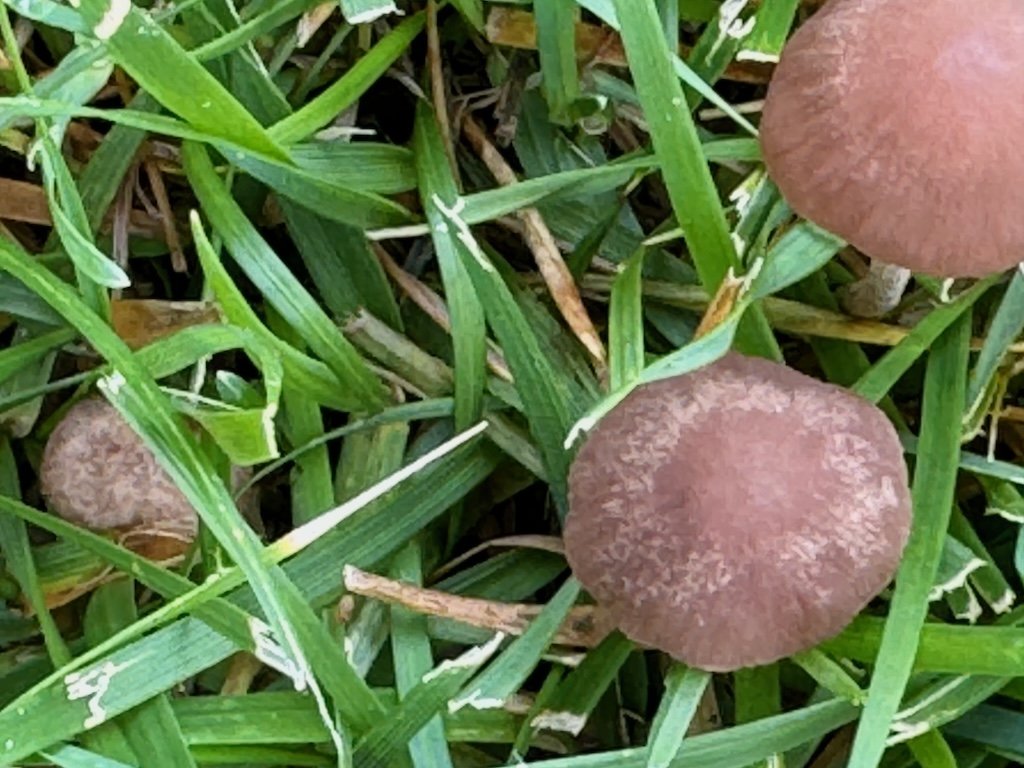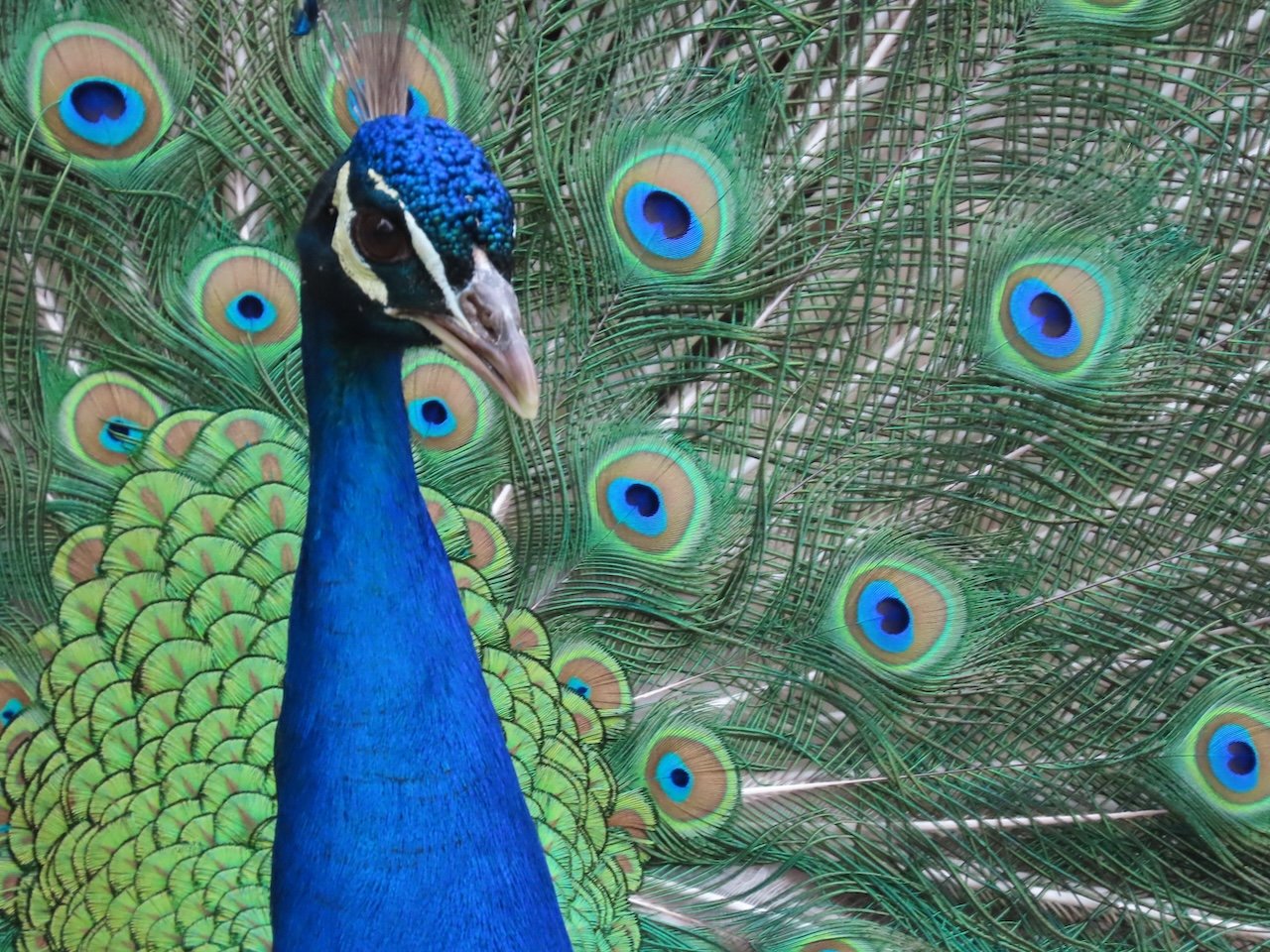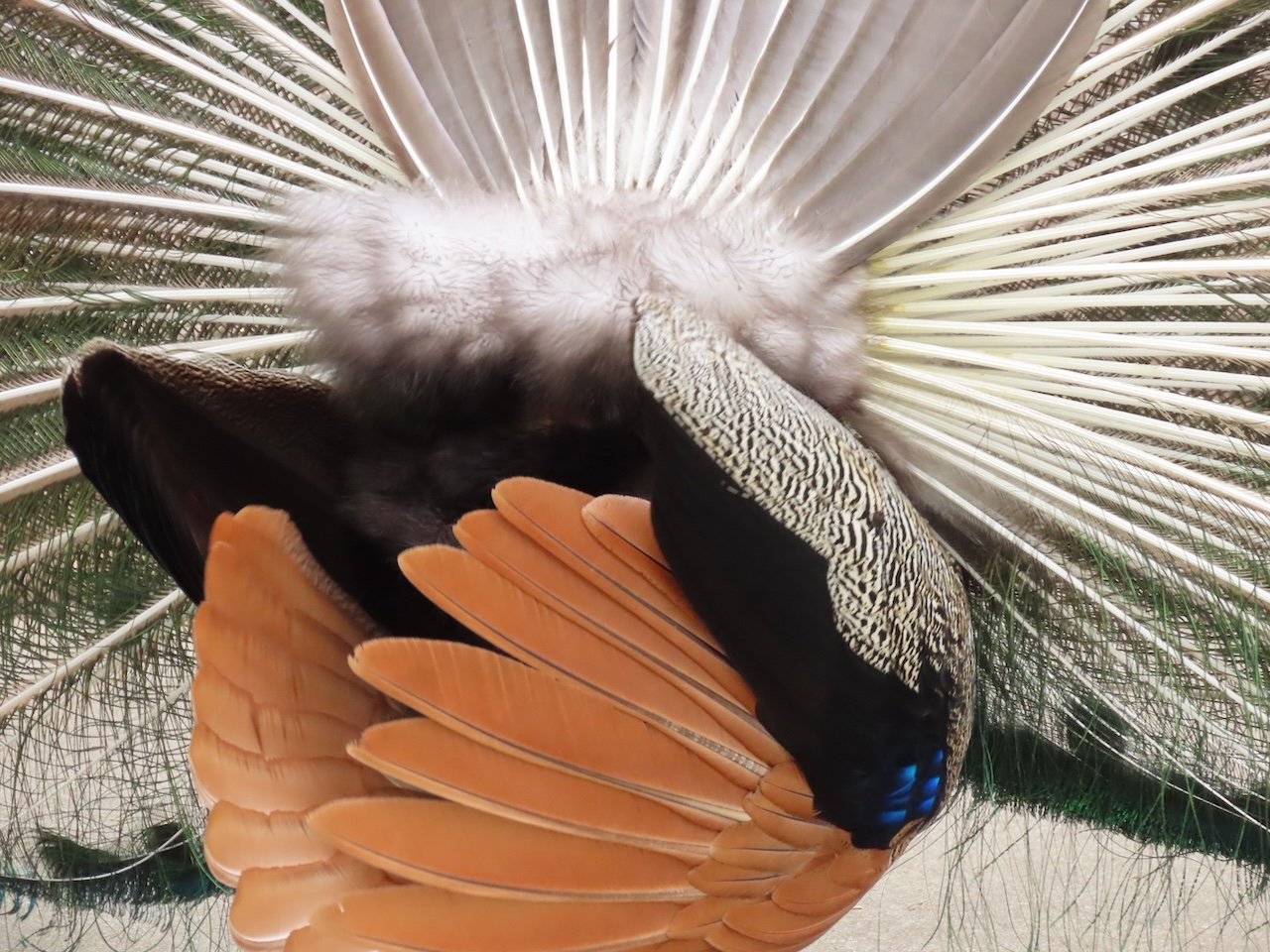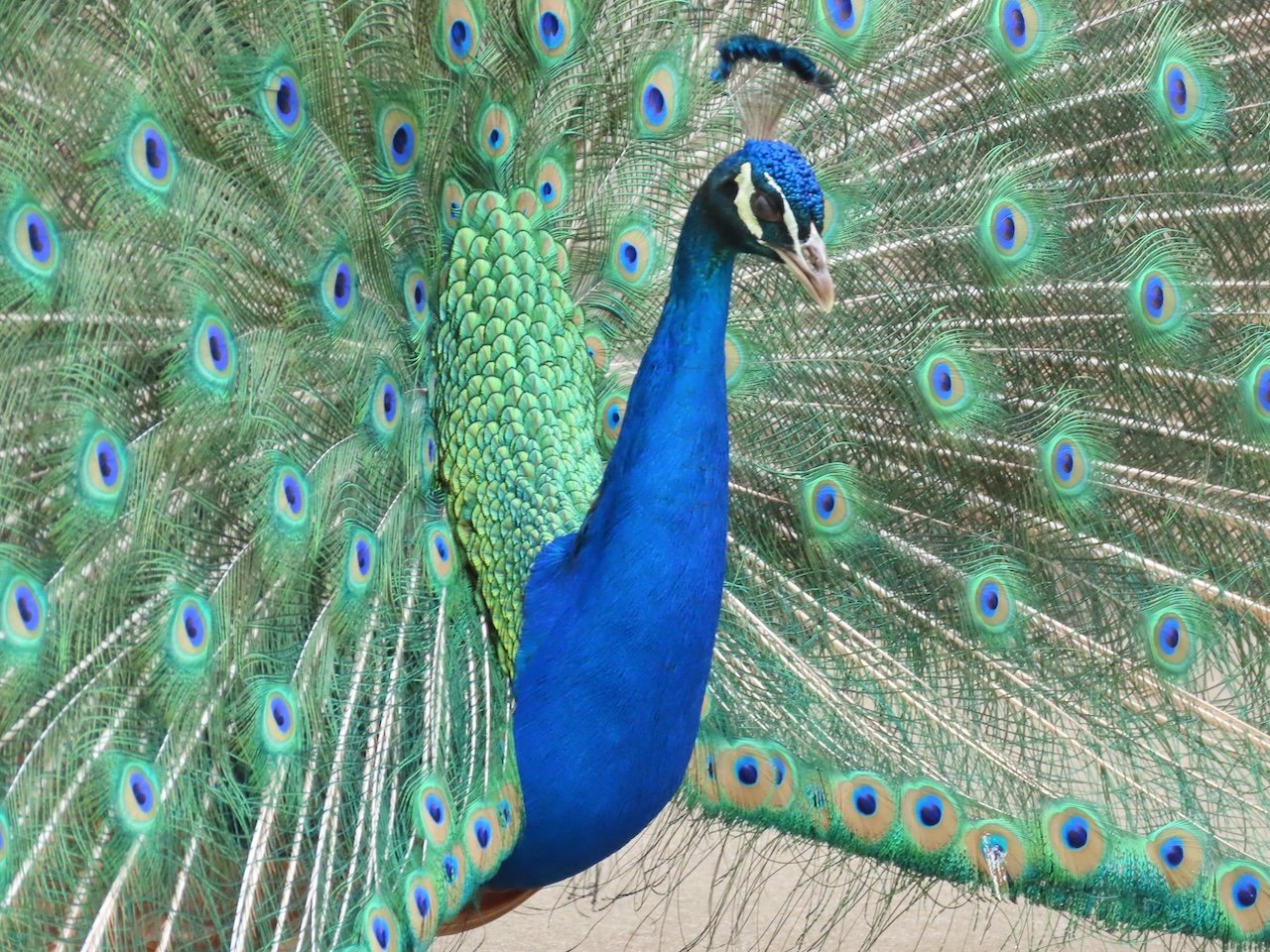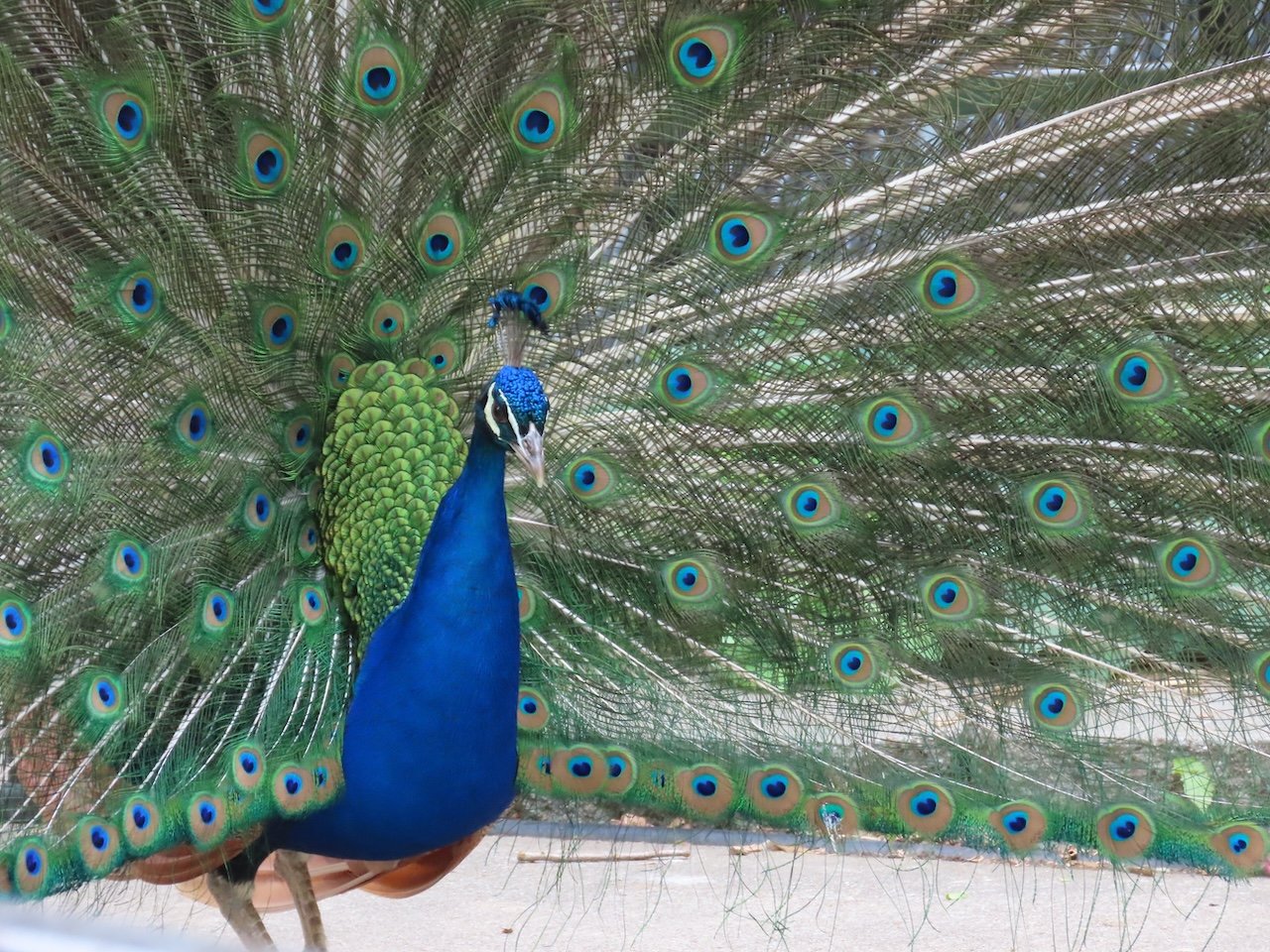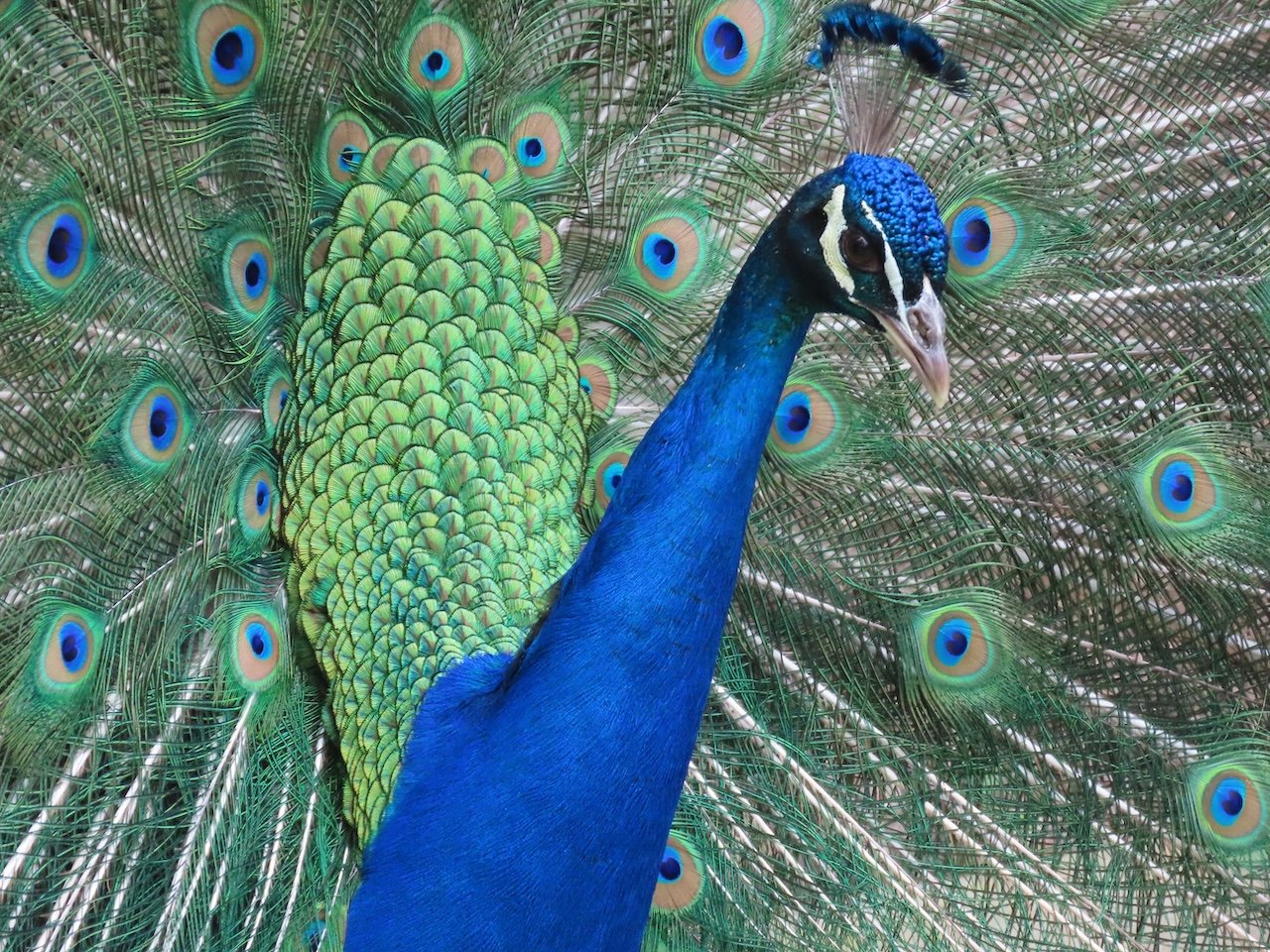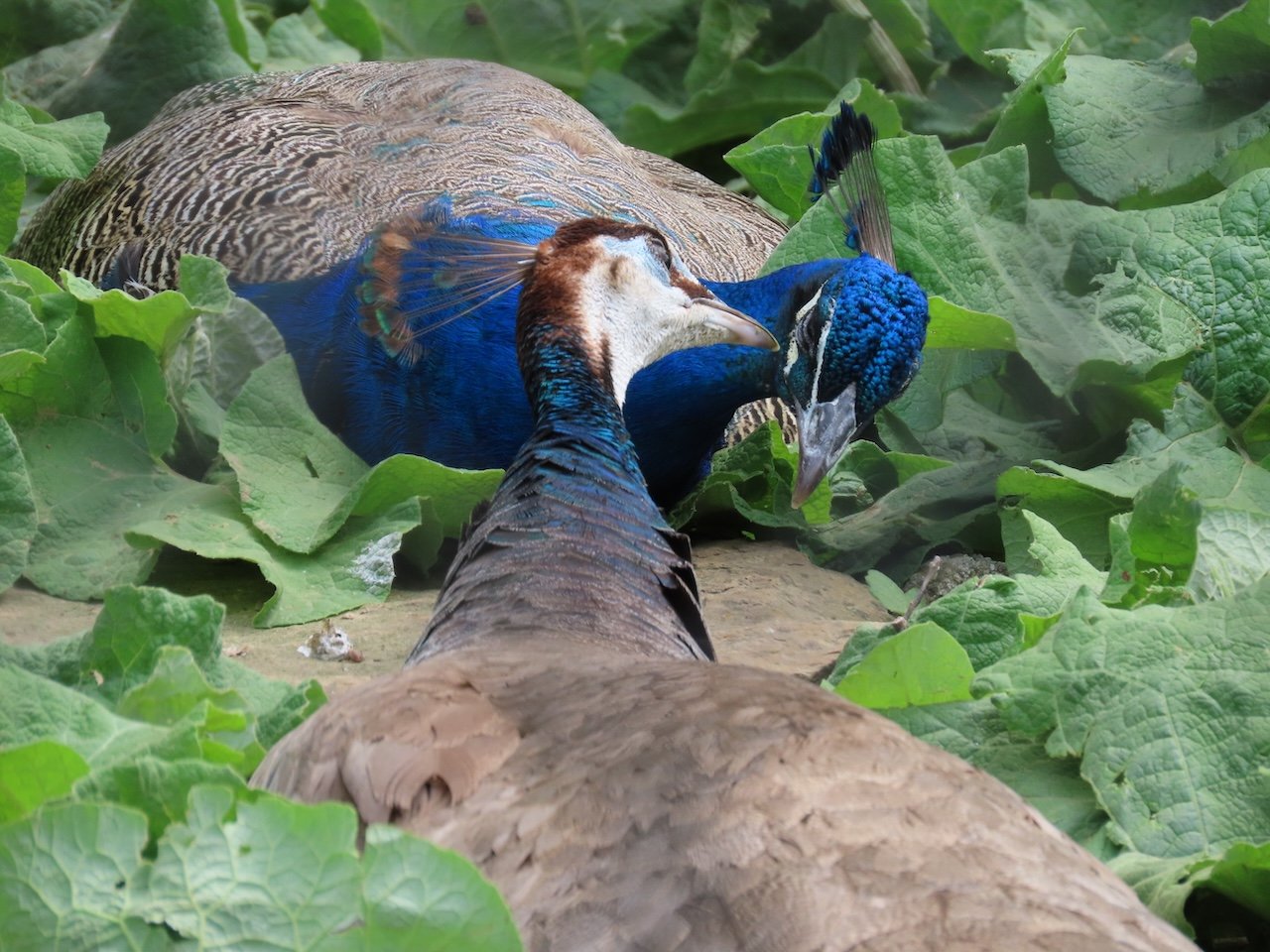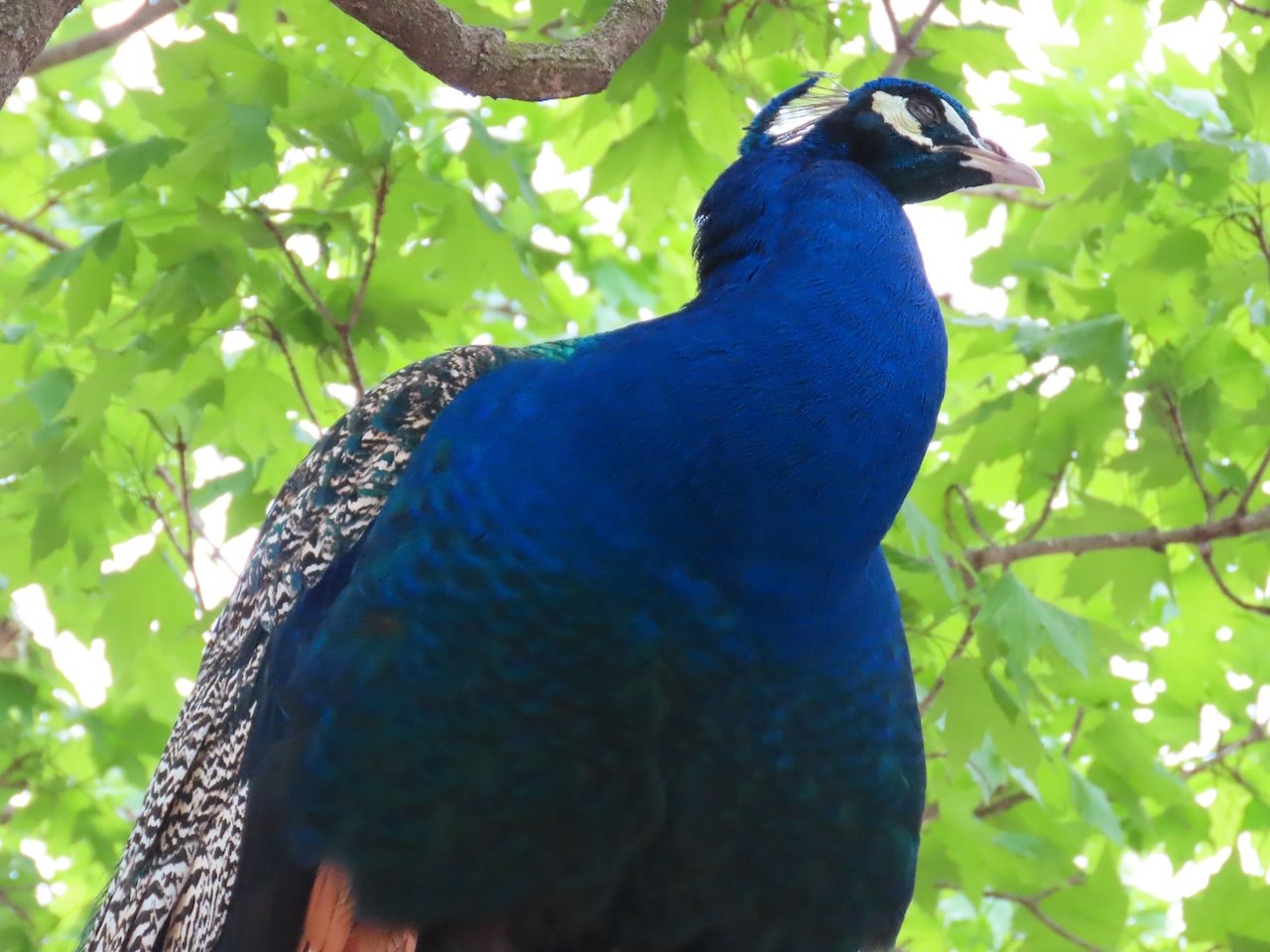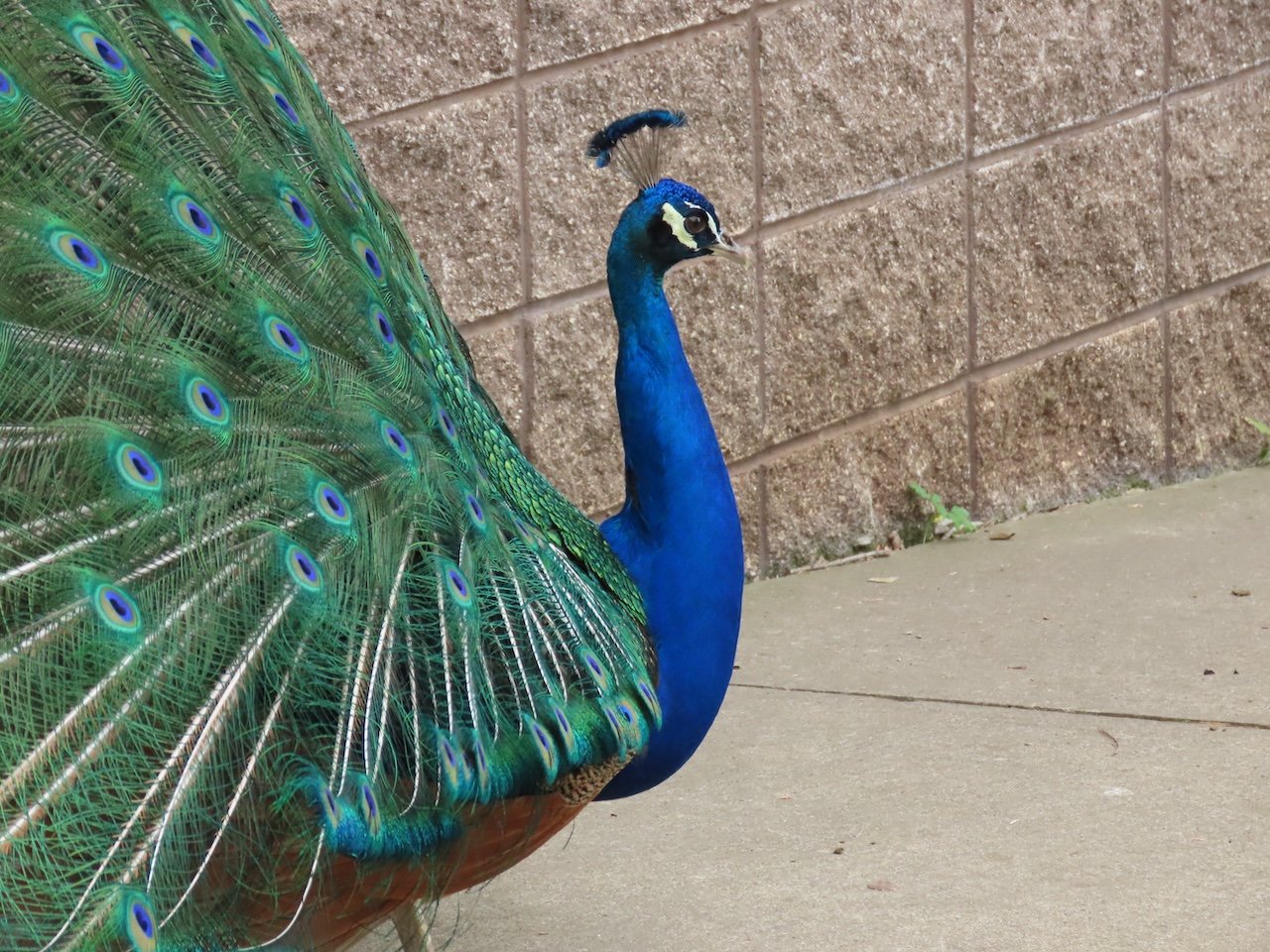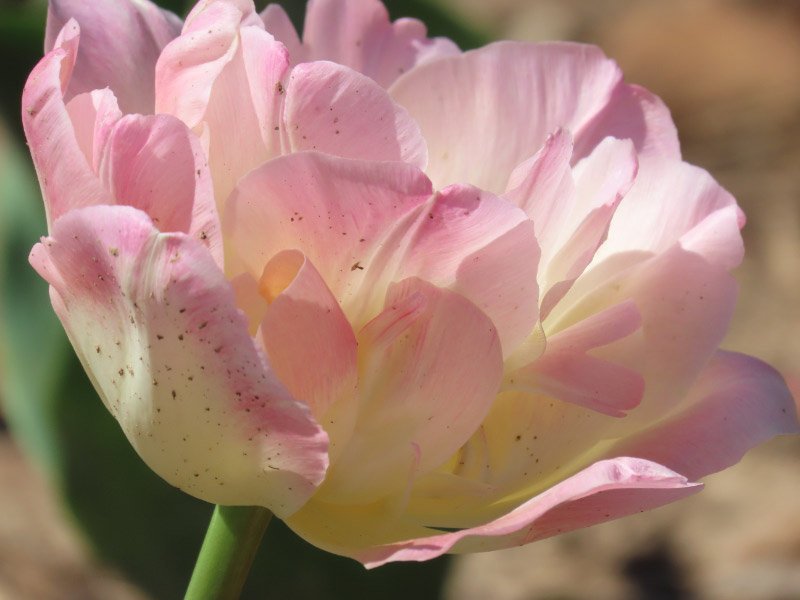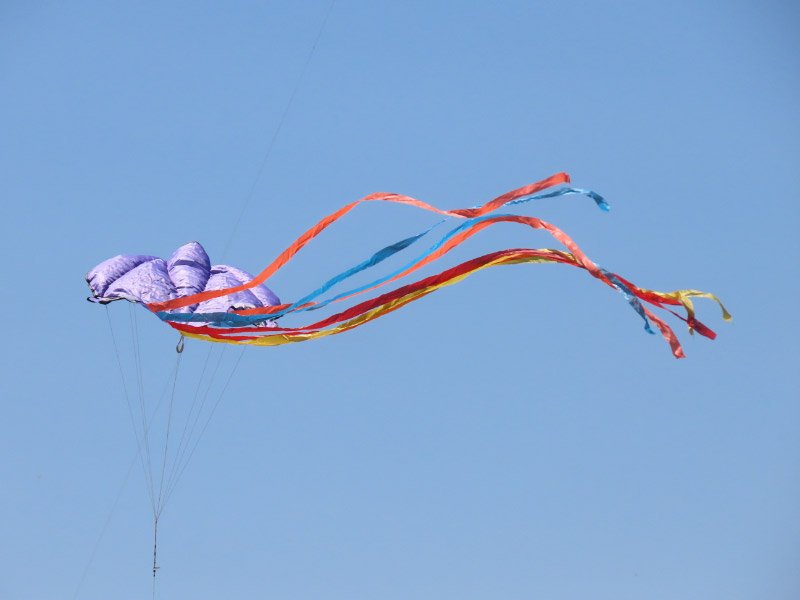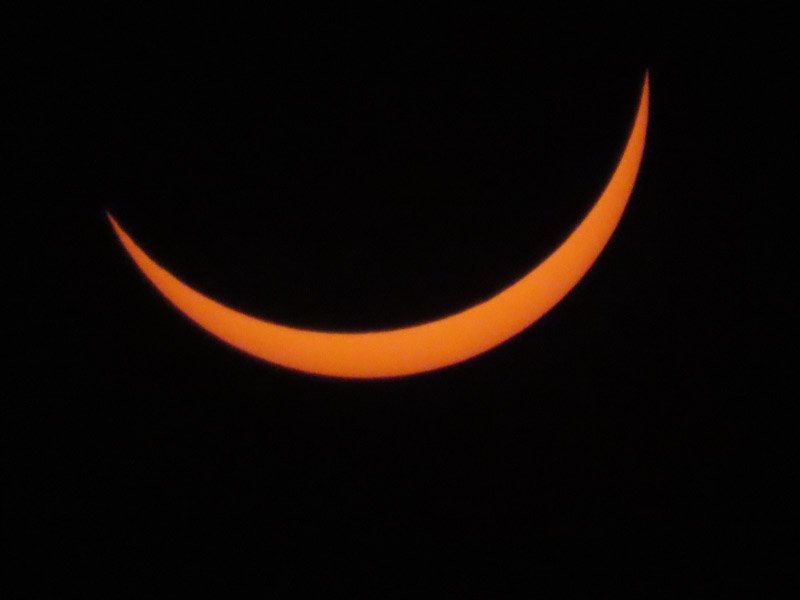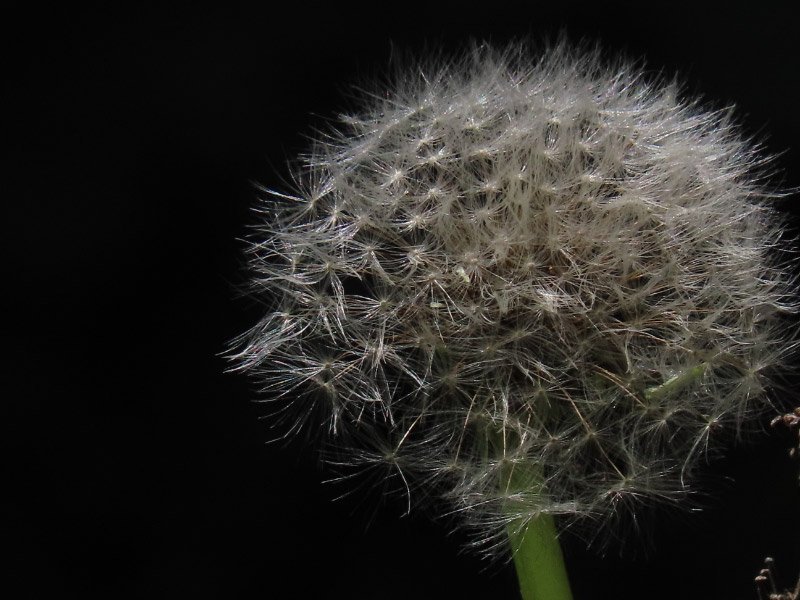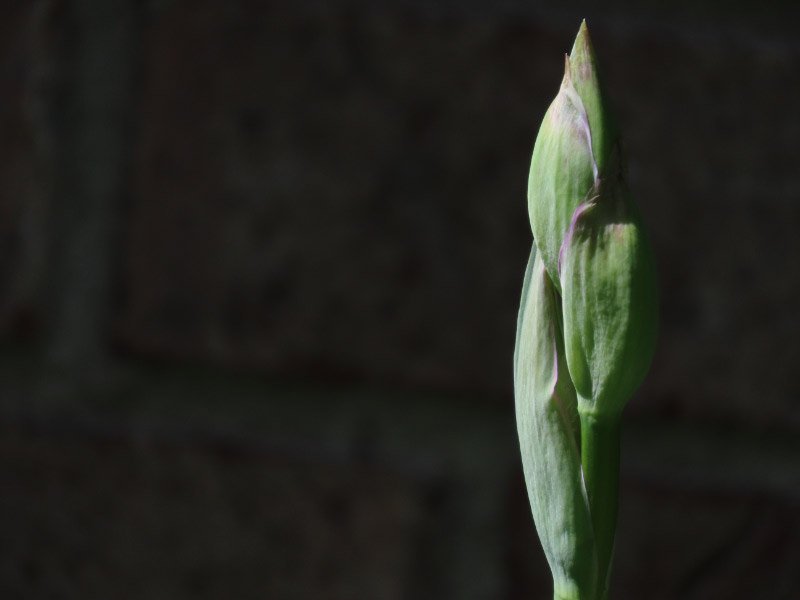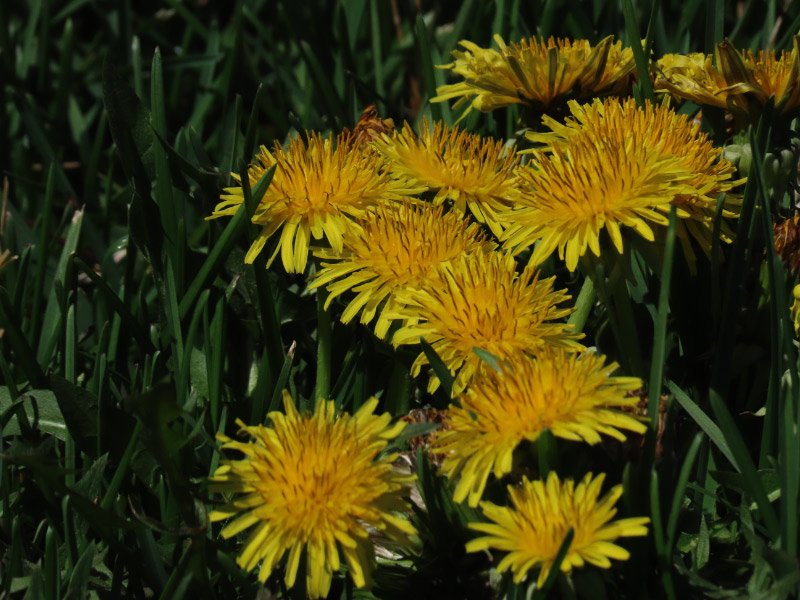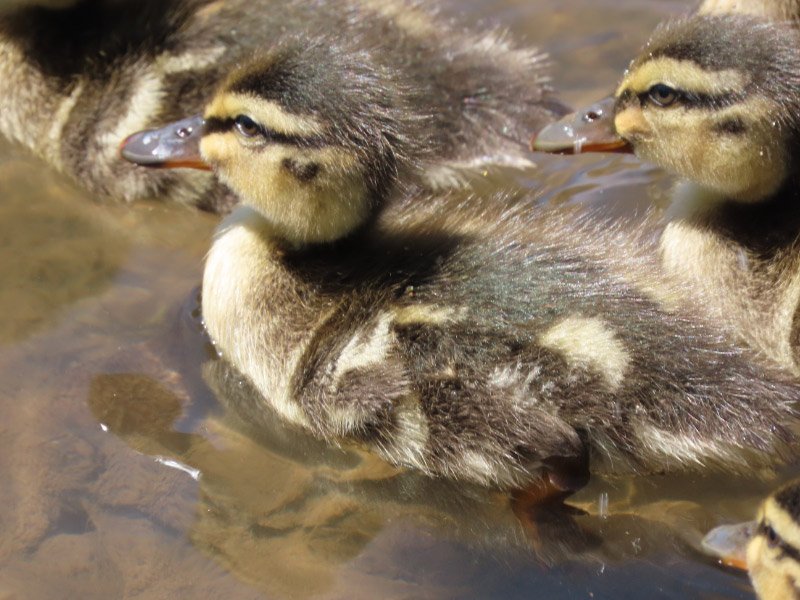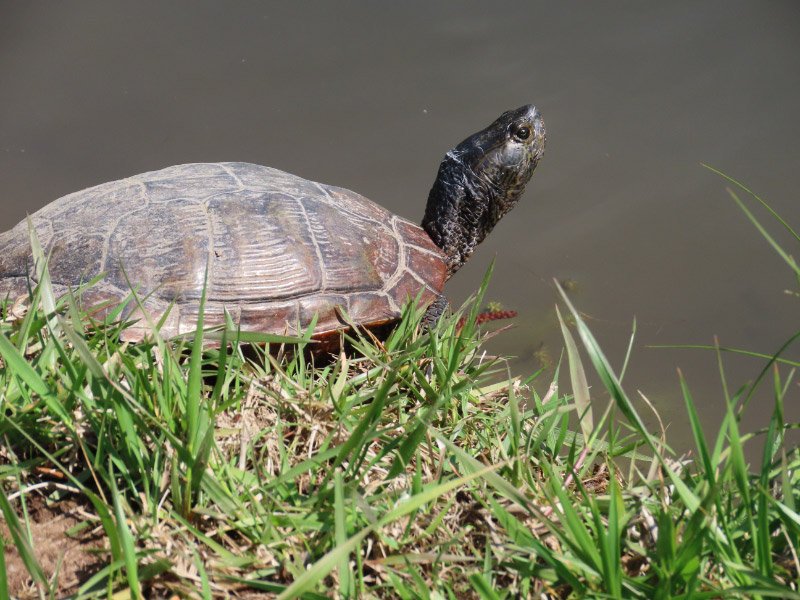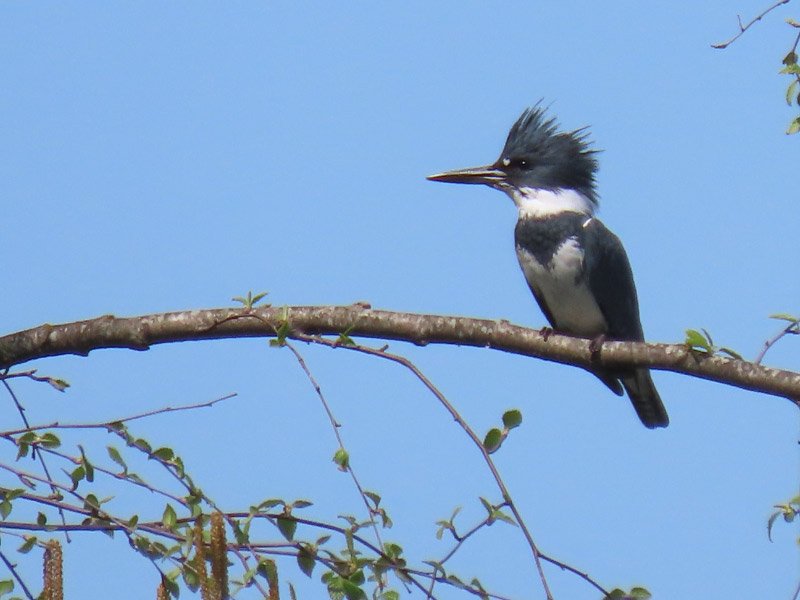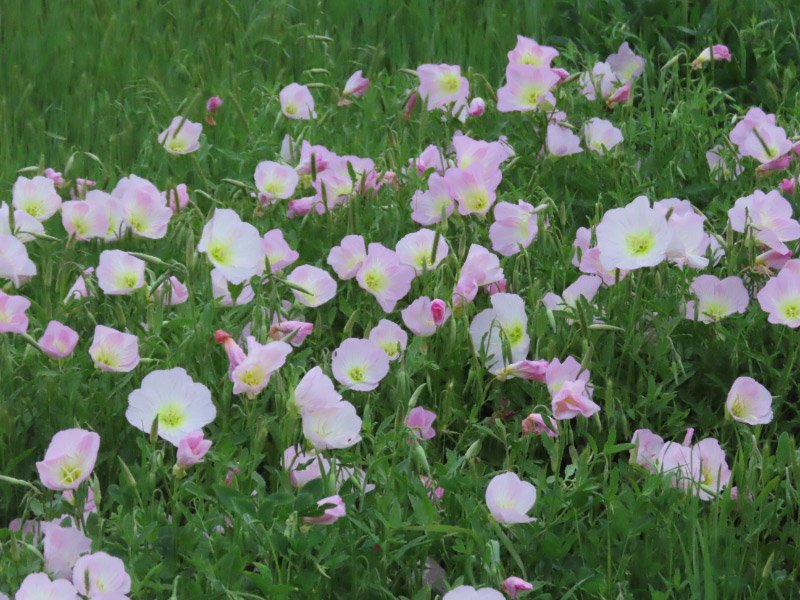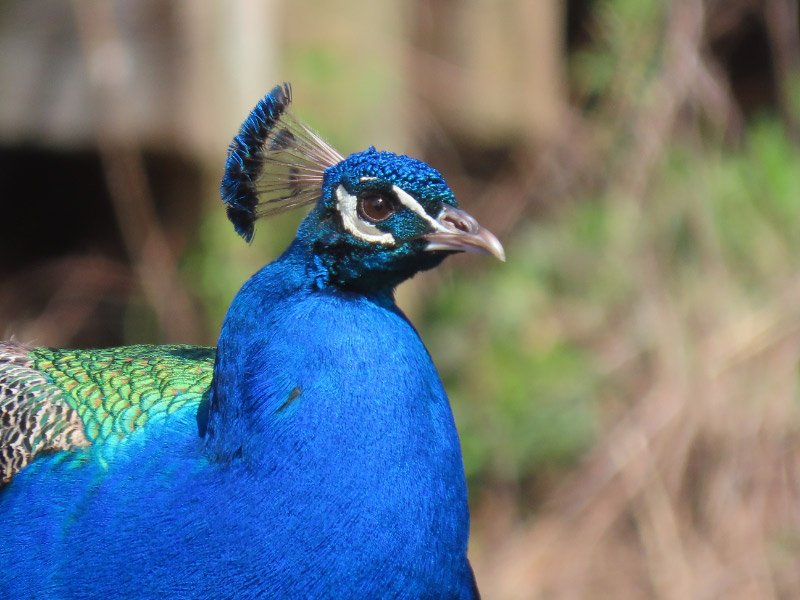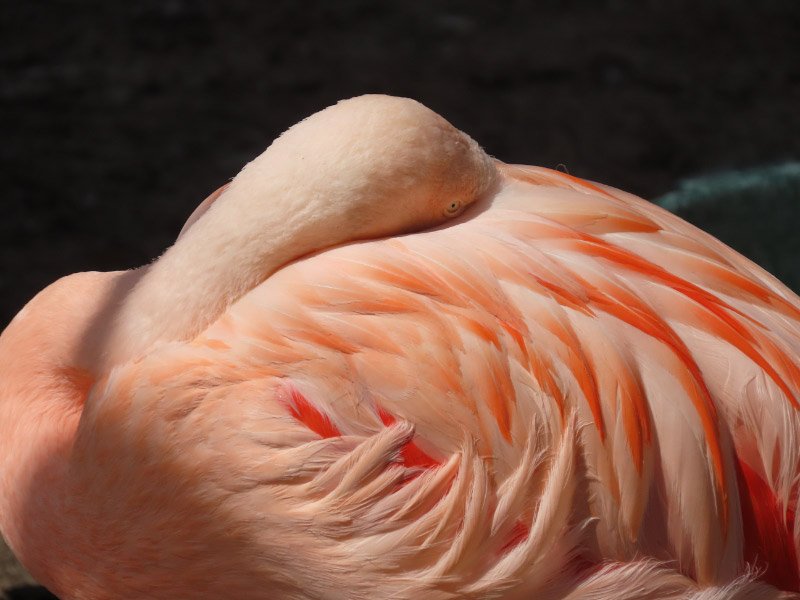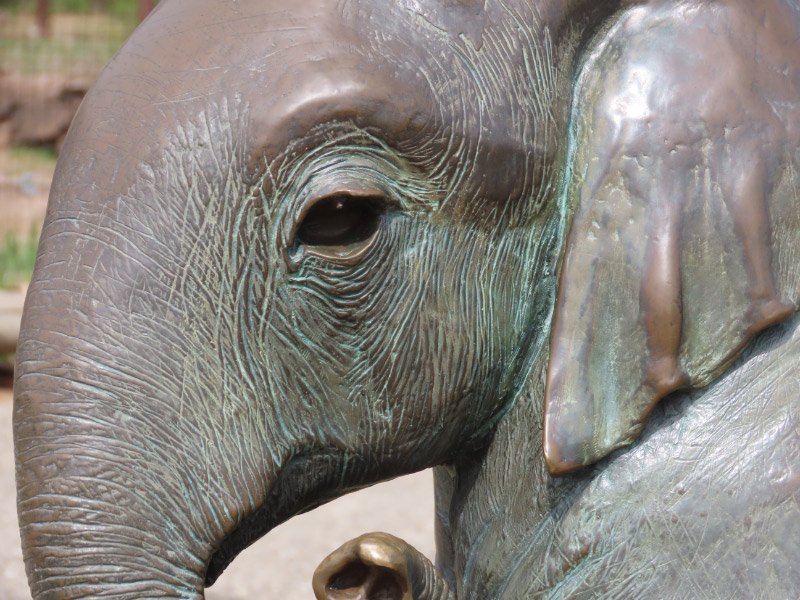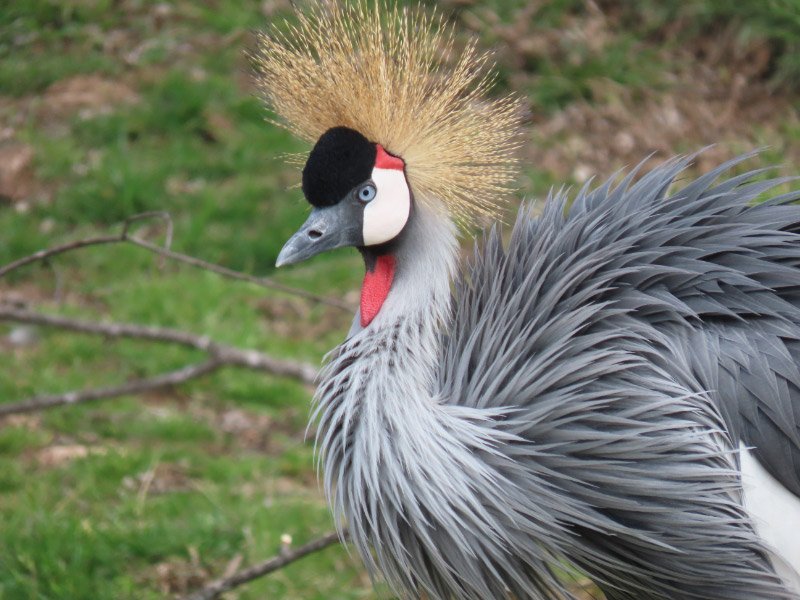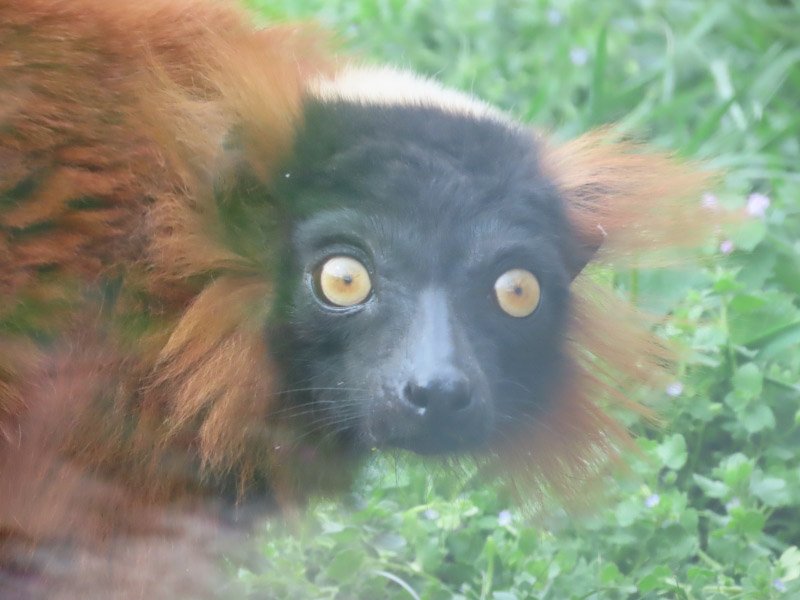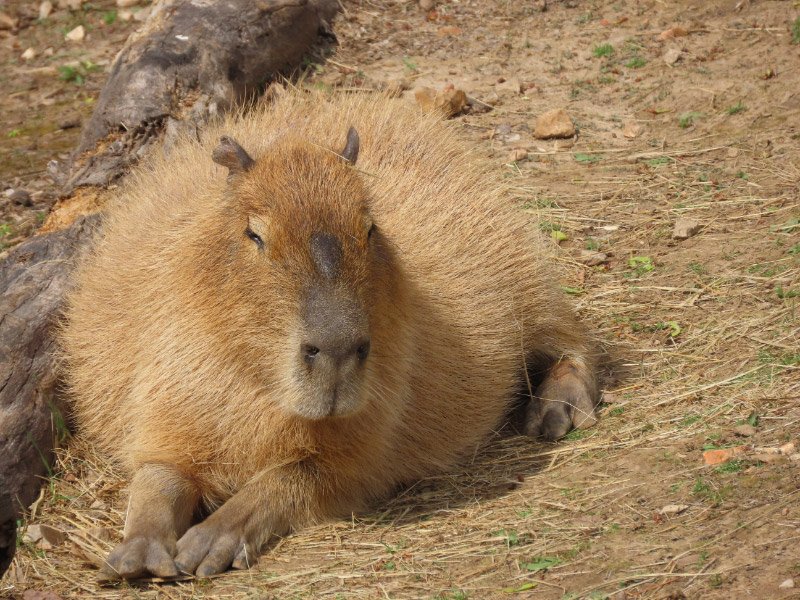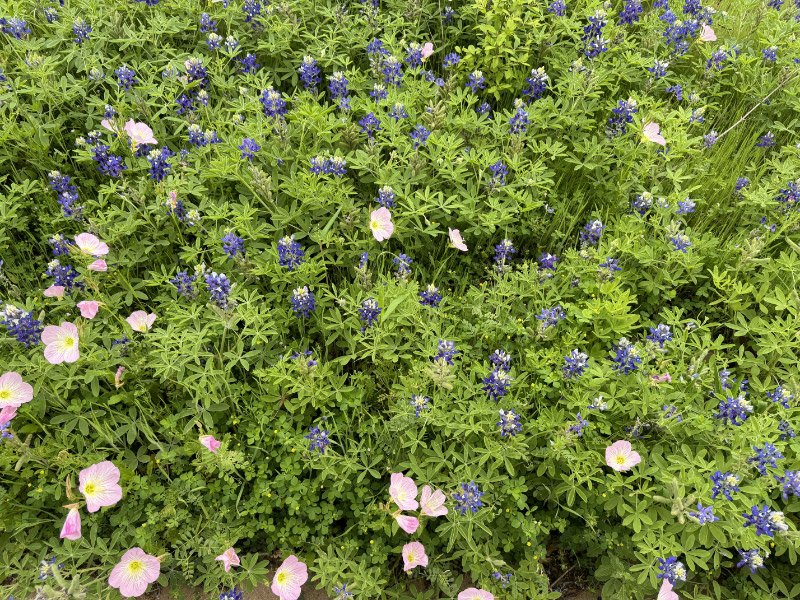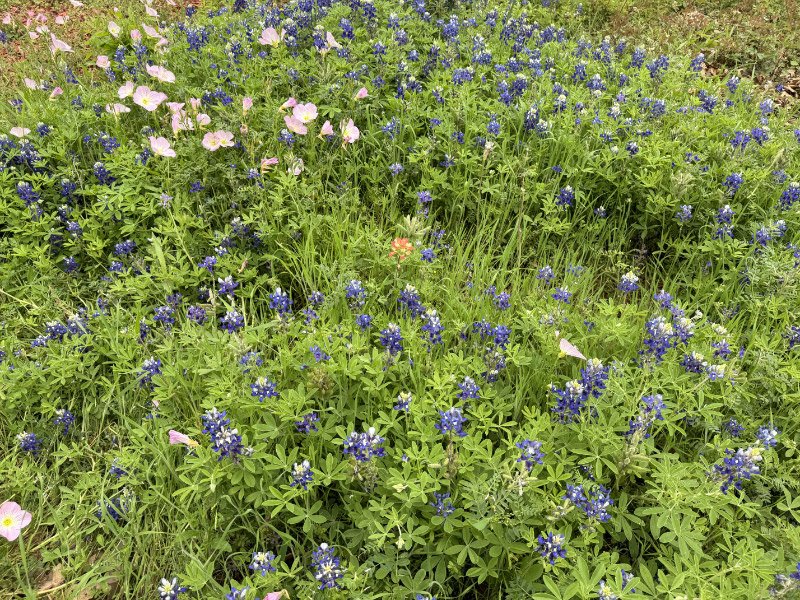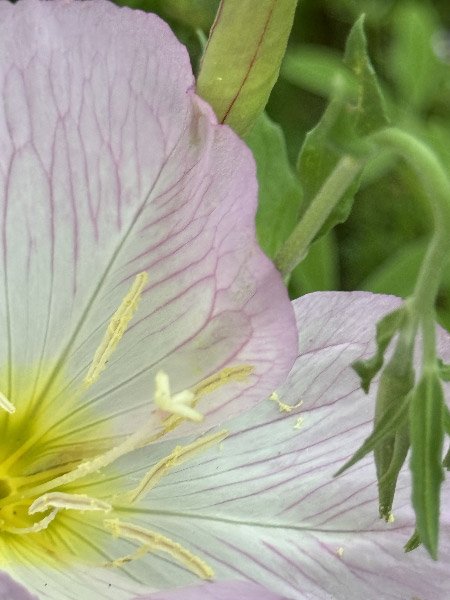Eureka Springs & Northern Arkansas Railway
/My husband, daughter, and I took a two-day trip to Eureka Springs, Arkansas just before Memorial Day. It’s less than a 2-hour drive from our home in Missouri. The nav system took us on a scenic route…curvy 2 lane highway all the way, with frequent road cuts that were generally well back from the shoulder (I wondered if students on geology field trips use them to see the underlying rock of the area), and over a narrow part of Table Rock Lake.
We arrived a little early and drove through the town. I remembered the main street from more than 50 years ago; the streets that turn off are very steep and narrow up the side of the valley. The place is a driving adventure! We parked in the Eureka Springs & Northern Arkansas Railway just after the terminal opened; we had reservations for the morning excursion train. It was a cloudy morning and had rained recently; the first photographic opportunity of the morning turned out to be butterflies in the gravel parking lot! The mourning cloak on the curb was not moving but all the others took some patience to photograph.
There was collection of old rail cars and engines. I was interested in a tractor that must have been quite a change on farms where horses or oxen had previously done the heavy pulling.
The car and engine that took us on our excursion was waiting for us. They had a ramp mechanism that enabled wheelchair access to the car, but we could also get into the car using stairs.
The train follows a stream, and I managed a few pictures while we were in motion. I saw a pawpaw tree with fruit beginning to grow (but didn’t get a picture); pawpaw is the food plant of the zebra swallowtail butterfly (like I photographed in the parking lot for the train).
The route is only 4.5 miles up and back (and takes about an hour). At the halfway point, we got out and I took some track and vegetation pictures.
The conductor gave us a tutorial about putting pennies on the track as an optional activity for this excursion. My daughter had told us ahead of time (she had done the excursion last fall) so we came prepared. I gave a penny to a man that didn’t have any change with him. We all stood away from the tracks and the train rolled over our pennies – waiting to retrieve our pennies from the track until the conductor got the word from the engineer that it was safe to do so.
Below is a picture of a penny and a train-flattened penny. I am thinking about putting some earring posts on two of the flattened pennies….wearing them as earrings!
It sprinkled a little while we were on the train but had cleared by the time we returned to the station. The train was an excellent start to our Eureka Springs adventure.


























































